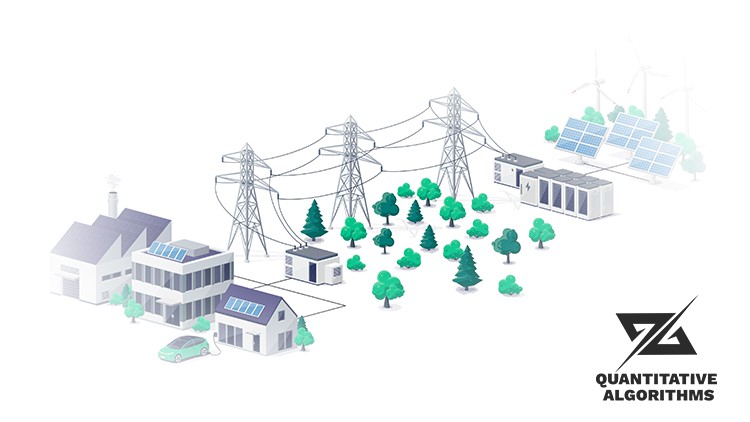
A decision framework for Energy investments
What you will learn
Learn the Quantiative Algorithm called “Backwards Induction” and apply it to Energy Investments
Visit every 6 months to download the updated material!
New topics added often
d
Description
Contents:
Investments in Energy infrastructure are very expensive. Therefore, many frameworks have been developed for coming up with optimal investment decisions. The problem of selecting optimal investment decisions becomes more challenging when the future is uncertain.
A solution to this challenge is the Backwards Induction Algorithm, which is a framework that can yield optimal investment decisions under uncertainty.
All the calculations are performed manually and also using MATLAB. This allows a full understanding of the algorithm. We are also conducting a sensitivity analysis around key parameters. We apply the problem to an electricity grid, which is about to receive a large number of Electric Vehicles in the future.
This is a problem that almost all electricity grids face.
The Backwards Induction framework uses a scenario tree approach. We first calculate the total costs (investment costs + operational costs) in the last stage, and then we work our way backwards, using probabilities, until the current time. And then we select the investment strategy that minimizes the total expected costs (i.e. the total probability-weighted average costs).
Instructor support:
If you have questions then send a private message here on Udemy.
Or, send a message on the Website www. quantalg .com (without space).
Either way, it is certain that your questions will be replied to by the Instructor within hours.
Biography:
I am the CEO of Quantalg, a boutique firm focusing on the development of Quantitative Algorithms for Finance and Energy, always using the most up-to-date resources.
I have a PhD in Optimization & Data Science from Imperial College London.
I also have an MEng (Masters of Engineering).
The future scenarios
Content